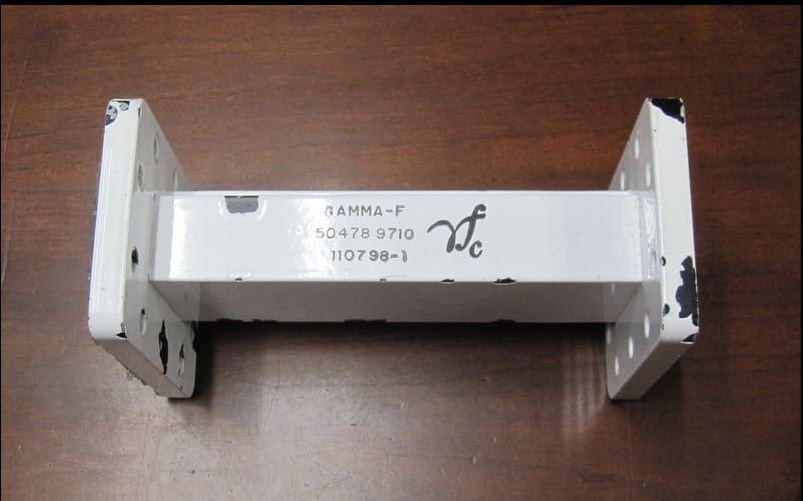

In the design of the SPDT and DPDT switches, the gate control terminals are biased through a large resistor R G to reduce fluctuations in the V GD and V GS of the transistors due to voltage swings at the drain and source terminals. Design optimization was performed on the HP/LP filter networks, and the SPDT and DPDT switch separately.Ĭircuit schematics of the SPDT ( a) and DPDT ( b) switches. The proposed phase shifter covers a range of 360° with a least significant bit (LSB) of 5.625°. Six bits of the digital control signals are input to the digital decoder through the SPI scan chain, which controls the corresponding switches of the phase shifter. The phase shifter consists of two SPDT switches, four DPDT switches, phase shifting elements, and a digital controller. By applying a switching mechanism between the LP and HP sections, the network can function as a phase shifter with wideband performance.įigure 2 shows the block diagram of the designed phase shifter used in this work.
#TRANSMIT BAND SERIES#
An HP filter comprising series capacitors and shunt inductors provides phase leading while an LP filter composed of series inductors and shunt capacitors generates phase lagging. The basic concept of the HP/LP phase shifter is to use its phase leading and lagging characteristics from the pole and zero.

In CMOS design, the use of high-pass/low-pass (HP/LP) phase shifter topology is advantageous because of its advantages of power, a digital control mechanism, broadband operation, and less reliance on the RF performance of the active device. Its phase shifting capability should be agile enough to steer the main lobe of the arrayed antenna precisely. The phase shifter is a crucial element in phased array antenna systems. The detailed design procedure of the X-band CMOS TRM with corresponding simulation results is discussed in detail in Section 2, and the measurement setup and experimental results of the implemented TRM in a 65-nm CMOS are presented in Section 3, which is followed by the conclusions on the study. The designed TRM has been fabricated in 65-nm CMOS technology with a 1.2 V supply. The proposed CMOS TRM is designed for the next-generation weather radar system where low-cost and low-power consumption are essential requirements in implementing the AESA system. In the proposed TRM, the double-well body-floating technique is used in the design of single-pole-double-through (SPDT), and double-pole-double-through (DPDT) switches employed in the phase shifter and attenuator to improve the power handling capability.

Much effort has been made to improve the performance of CMOS switches by minimizing or maximizing the substrate resistance and by using the body-floating approach. Realizing TRMs in standard CMOS technology offers many advantages, but is still a challenging task, especially in achieving low-loss switches with MOS. Therefore, they consist of a phase shifter and attenuator blocks, and a bi-directional gain amplifier (BDGA) to compensate for the insertion loss due to the CMOS switches in the passive control blocks. Typically, CMOS T/R modules must perform the agile control of gain, amplitude, and phase to steer the antenna beam accurately. Advanced innovations in the standard CMOS process can bring benefits of lower cost, higher integration, and the low power consumption as well. Thousands of TRMs may be needed to realize an AESA system, thus reducing the cost per each TRM has a significant meaning in the cost reduction of an array system for various low-cost commercial applications. Along with the advance in chip packaging, 3D-RF system-in-package (SiP) technology brings the advantages of compact size, electromagnetic isolation, and effective interconnection as presented in. Even though high RF performances are achievable, relatively high power consumption and relatively higher product cost make them less attractive. Recently, TR chipsets have also been reportedly used in the SiGe BiCMOS process. Currently, most commercialized TRMs are GaAs pseudomorphic High Electron Mobility Transistor (pHEMT) devices. Transmit/receive modules (TRMs) play the most critical role in active phase array systems employed in many radar and electronic warfare applications. Active Electronically Scanned Arrays (AESAs) are gradually replacing mechanical scanning radar in radar systems today and will continue to do so in the future.


 0 kommentar(er)
0 kommentar(er)
